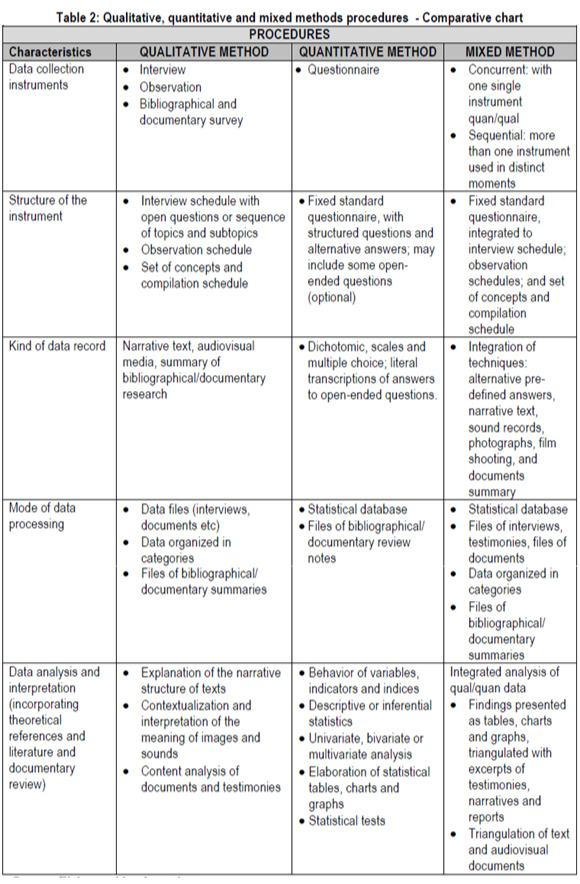What if choosing between quantitative and qualitative methods is asking the wrong question entirely? As researchers, we often find ourselves agonizing over this decision. But here’s the truth: this “either-or” thinking is outdated. Let’s break down why and explore a more comprehensive approach to research methodologies.
Understanding the Triad: Quantitative, Qualitative, and Mixed Methods
- Quantitative Methods:
Quantitative research focuses on numbers and statistics, providing generalizable results and testing hypotheses. While powerful, this approach can sometimes miss nuanced insights.
- Qualitative Methods:
Qualitative research uncovers hidden patterns, explores rich, detailed data, and provides context and depth. However, it may lack the statistical power of quantitative methods.
- Mixed Methods:
Mixed methods combine the strengths of both quantitative and qualitative approaches while offsetting their respective weaknesses. This approach provides a comprehensive understanding and allows for triangulation of data.
Choosing the Right Method
The real question isn’t “Which one?” but rather “How can I best answer my research question?” Here’s a quick guide:
Use quantitative methods when you need to measure, test, or generalize
Use qualitative methods when you need to explore, understand, or describe
Use mixed methods when you need both depth and breadth
Remember, your research question should drive your method choice, not the other way around.
A Comparative Look at Research Methods
To better understand the characteristics of each method, let’s examine a comparative chart:

See for more details (click here)______Source: Stefen (2010)
This chart, elaborated by the author, provides a detailed comparison of the three methodological approaches across various characteristics such as data collection instruments, structure of the instrument, kind of data record, mode of data processing, and data analysis and interpretation.
Key Takeaways
Data Collection: While qualitative methods rely on interviews and observations, quantitative methods typically use questionnaires. Mixed methods can combine these approaches.
Instrument Structure: Qualitative methods often use open-ended questions, while quantitative methods employ fixed standard questionnaires. Mixed methods can integrate both.
Data Analysis: Qualitative analysis focuses on narrative interpretation, while quantitative analysis deals with statistical measures. Mixed methods allow for an integrated analysis of both types of data.
Flexibility: Don’t limit yourself to one approach. Be flexible and comprehensive in your research design.
By understanding and utilizing the strengths of each method, researchers can design more robust studies that provide deeper, more nuanced insights into complex phenomena.
Remember, the goal is not to choose between methodologies, but to select the approach or combination of approaches that best answers your research question. By embracing this mindset, you can become a more effective and versatile researcher.
Reference for the table:
Stefen, Tania. (2010). From intellectual craftsmanship to virtual context: methodological tools for social research. Sociologias, 5(se).

